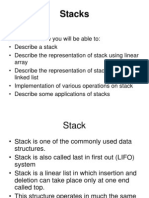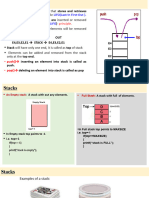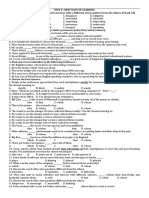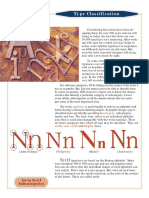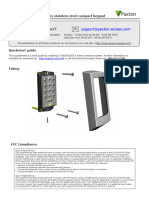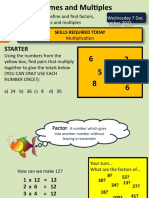0% found this document useful (0 votes)
13 views15 pagesStack
A stack is a non-primitive linear data structure that follows the LAST-IN-FIRST-OUT (LIFO) principle, allowing insertion and removal of elements only from the top. It can be implemented using either an array or a linked list, with basic operations including push, pop, peek, isEmpty, isFull, and display. The document also outlines the algorithms for these operations and discusses the advantages and disadvantages of both implementation methods.
Uploaded by
yugpadhiyar2006Copyright
© © All Rights Reserved
We take content rights seriously. If you suspect this is your content, claim it here.
Available Formats
Download as PDF, TXT or read online on Scribd
0% found this document useful (0 votes)
13 views15 pagesStack
A stack is a non-primitive linear data structure that follows the LAST-IN-FIRST-OUT (LIFO) principle, allowing insertion and removal of elements only from the top. It can be implemented using either an array or a linked list, with basic operations including push, pop, peek, isEmpty, isFull, and display. The document also outlines the algorithms for these operations and discusses the advantages and disadvantages of both implementation methods.
Uploaded by
yugpadhiyar2006Copyright
© © All Rights Reserved
We take content rights seriously. If you suspect this is your content, claim it here.
Available Formats
Download as PDF, TXT or read online on Scribd
/ 15



































